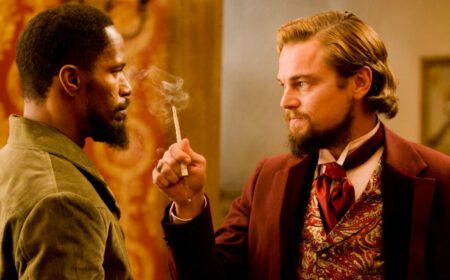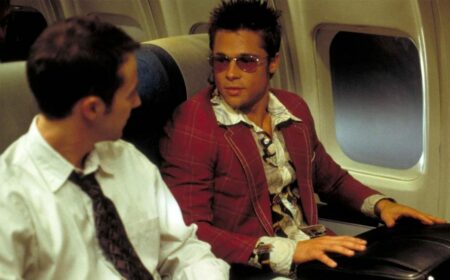20 low-budget films celebrated as cult classics. Mavericks of all-time cinema. Part 1
We bet you didn't think the majority of these titles would be under-cover low-budget flicks. Check out the whole list.
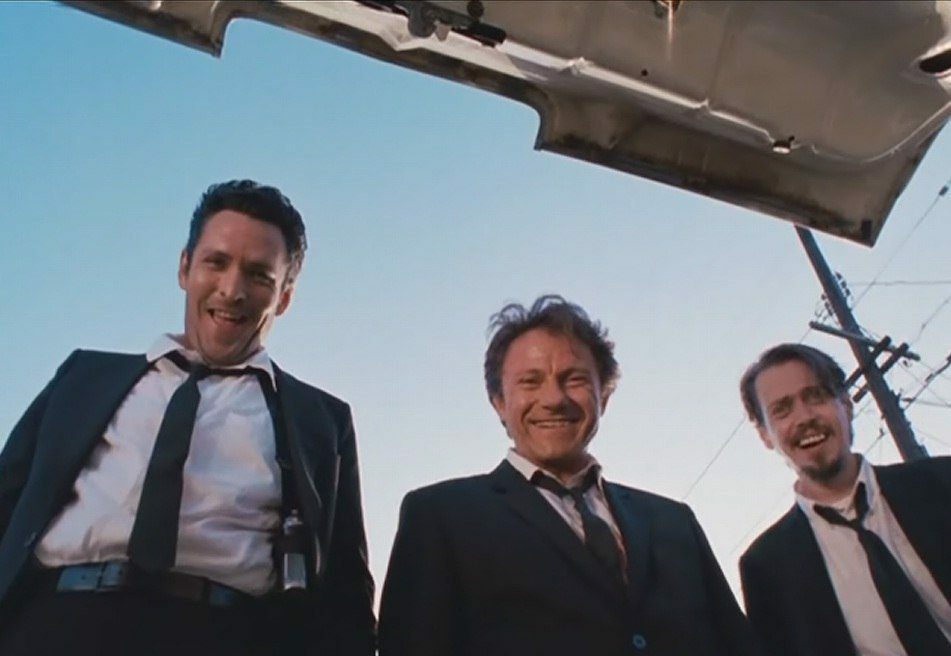
Directors faced with low-budget ended up making more creative decisions, inventing new approaches to filming and presenting the story
Low-budget underdogs unexpectedly created an entire genre of home video horror flicks
One-man-orchestra ‒ a directory-writer-producer in a single person has delivered a series of breakthroughs
Thinking of a film as a huge and risky investment? We’re going to prove you wrong.
While the high-budget record breakers catch viewers’ imagination long before release, low-budget films can compete for traction only after they have entered the cinema halls. Despite an ever-increasing competition from sky-high production budgets, there are movies whose inventiveness, impact, viewership and, ultimately, revenues have surpassed the wildest dreams of their creators.
What constitutes a “cult film” may differ across the board, but there is no doubt that these movies made a significant following and surpassed their initial revenue expectations. While a limited budget can pose significant problems to the production process, history shows time and again that small budgets inspire production teams to make wiser and more creative decisions. Juggling on the boundary between alchemy and rocket science, these movies have made history. Have you seen all of them?
1. Eraserhead (1977)
Budget: $10,000-$100,000
Box office: $7 million
Director: David Lynch
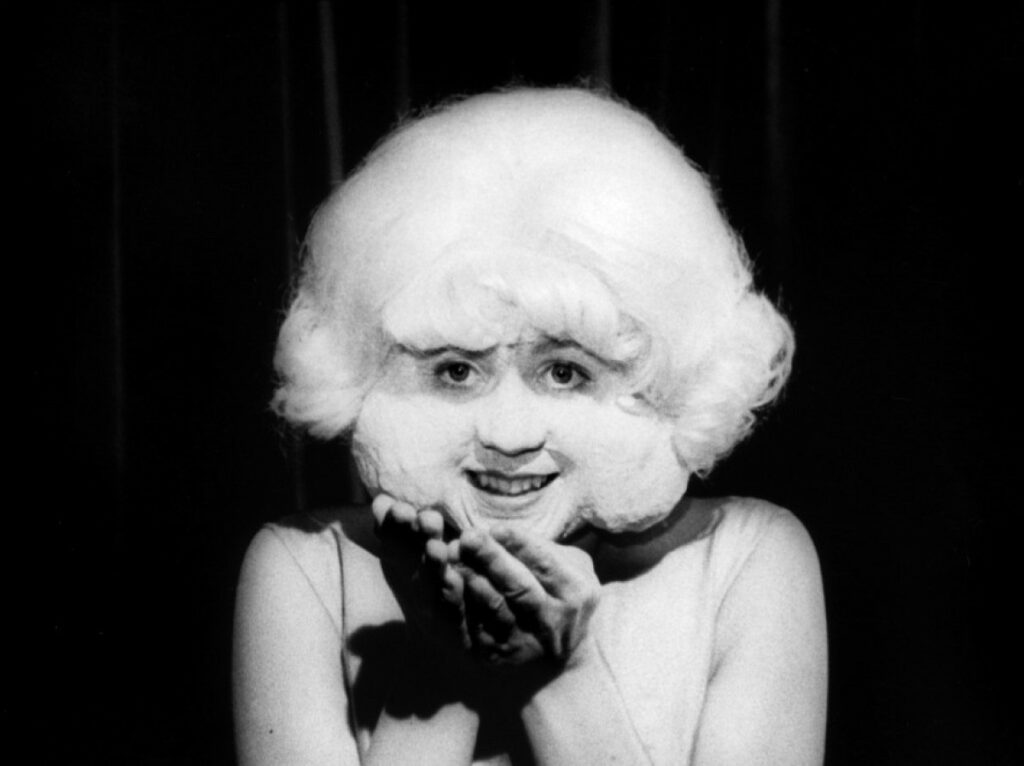
David Lynch’s feature debut, “Eraserhead” is a 1977 experimental horror masterpiece that established the director’s style peculiar to his future films. In the movie, Lynch wore the hats of writer, producer, designer and effects guru to save an extra buck. Upon its release, the movie encountered a mix of positive and negative reviews. 27 years later, in 2004 it was deemed eligible, in terms of cultural importance, for preservation in the National Film Registry of the United States Library of Congress.
2. Paranormal Activity (2007)
Budget: $15,000
Box office: $190 million
Director: Oren Peli
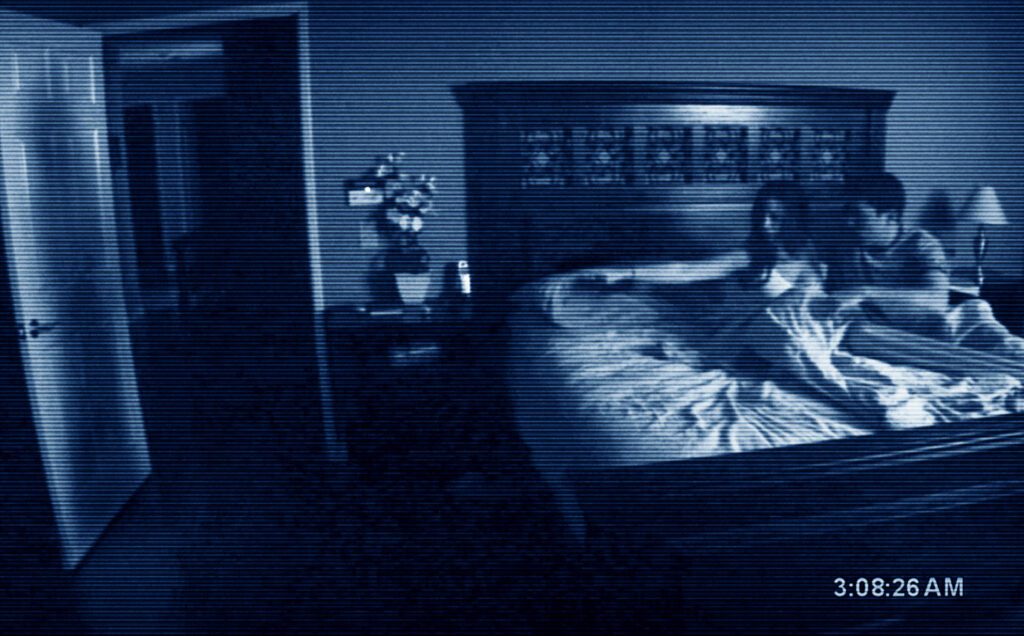
Shot in the director’s home over the period of seven days, Paranormal Activity was Peli’s debut movie that sparked an entire genre of hand-held camera horror film. It became the first major motion picture to utilise viral marketing and has replaced the Saw franchise as a theatrically-featured Halloween series.
3. Mad Max (1979)
Budget: $200,000
Box office: $100 million
Director: George Miller
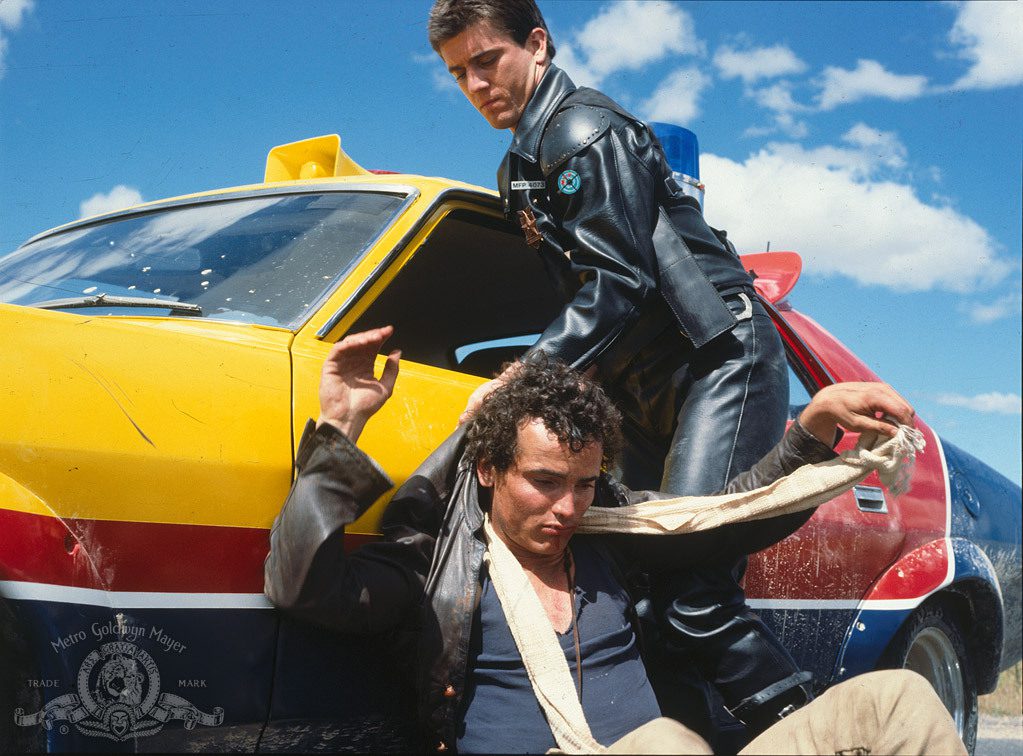
Criticised even by its literary author Stephen King, “Mad Max” was the Guinness titleholder for a movie with the highest profit-to-cost ratio of a motion picture (before the arrival of “The Blair Witch Project”). The movie’s actor crew, including Mel Gibson, were forced to execute the majority of life-threatening stunts themselves. This action-thriller was the debut of Australian director George Miller. He followed up to direct three sequels, including the 2015 Mad Max: Fury Road.
4. Napoleon Dynamite (2004)
Budget: $400,000
Box office: $46.2 million
Director: Jared Hess
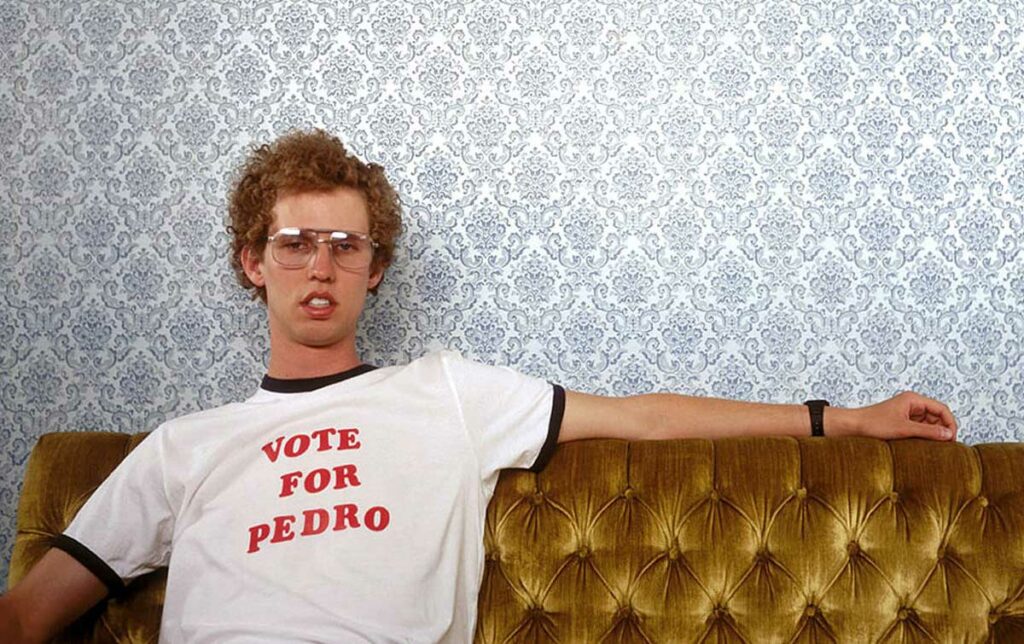
“Napoleon Dynamite” is an art-house comedy, exploring the curious life of a highschool student. Having entered film history as one of the most powerful depictions of the “awkward”, the completion of the movie’s production took only 22 days. At the film’s Sundance premiere a bidding war broke out and Fox ended up winning the rights. That’s how a new era of lovable losers began.
5. Rocky (1976)
Budget: $1 million
Box office: $225 million
Director: John G. Avildsen
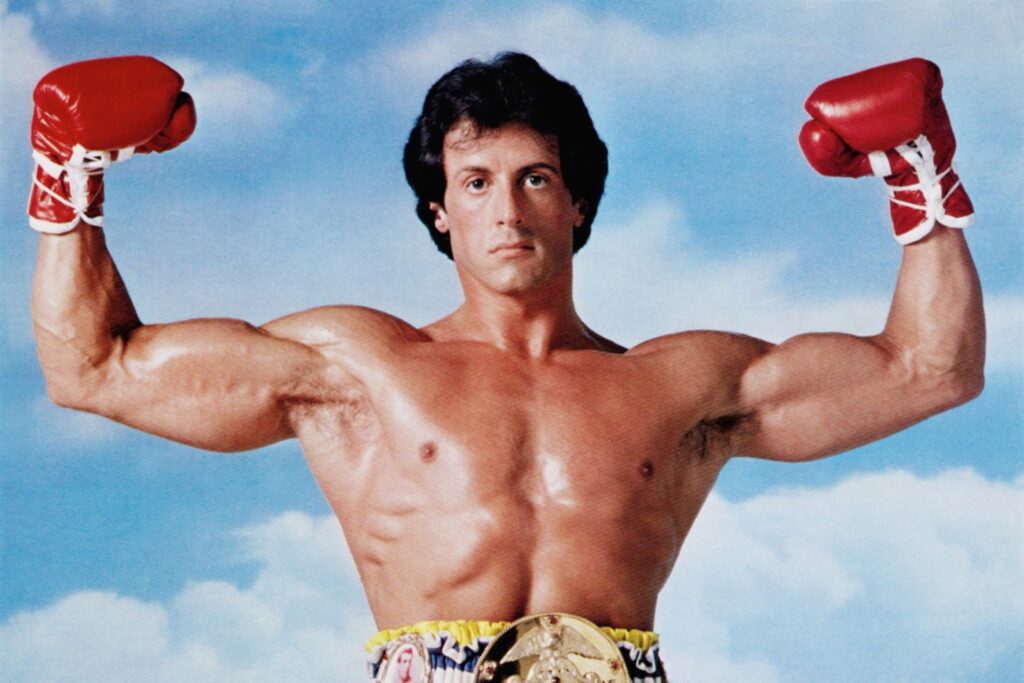
“Rocky” was directed by John G. Avildsen, whereas Sylvester Stallone wrote the screenplay and starred in the movie. It served as a breakthrough role for Stallone, turning him into the cult icon we recognise today. “Rocky” obtained a significant following among the viewers, as well as critics who nominated it for 10 Academy Awards – three of which the film eventually won.
6. Reservoir Dogs (1992)
Budget: $1.2 million
Box office: $2.8 million
Director: Quentin Tarantino

“Reservoir Dogs” premiered at the Sundance Film Festival. It was Tarantino’s debut feature film, still regarded as one of his best works. “Reservoir Dogs” was not an instant success, yet, following Tarantino’s rising popularity, the movie obtained a cult following and renowned interest among younger audiences.
7. Lost in Translation (2003)
Budget: $4 million
Box office: $119 million
Director: Sofia Coppola
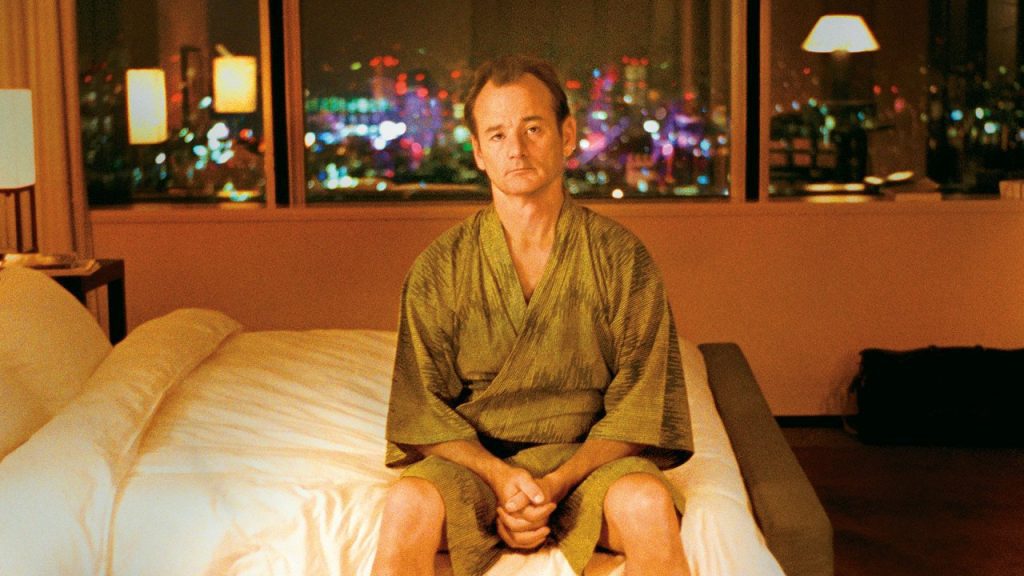
Directed by Sofia Coppola, daughter of the celebrated director of “The Grandfather” trilogy, “Lost in Translation” instantly gained a cult following. It portrayed Coppola’s unique skill of capturing powerful aesthetic experiences on screen. The movie was critically acclaimed and nominated for four Academy Awards, Coppola winning for Best Original Screenplay.
8. Dirty Dancing (1987)
Budget: $4.5 million
Box office: $214.6 million
Director: Emile Ardolino
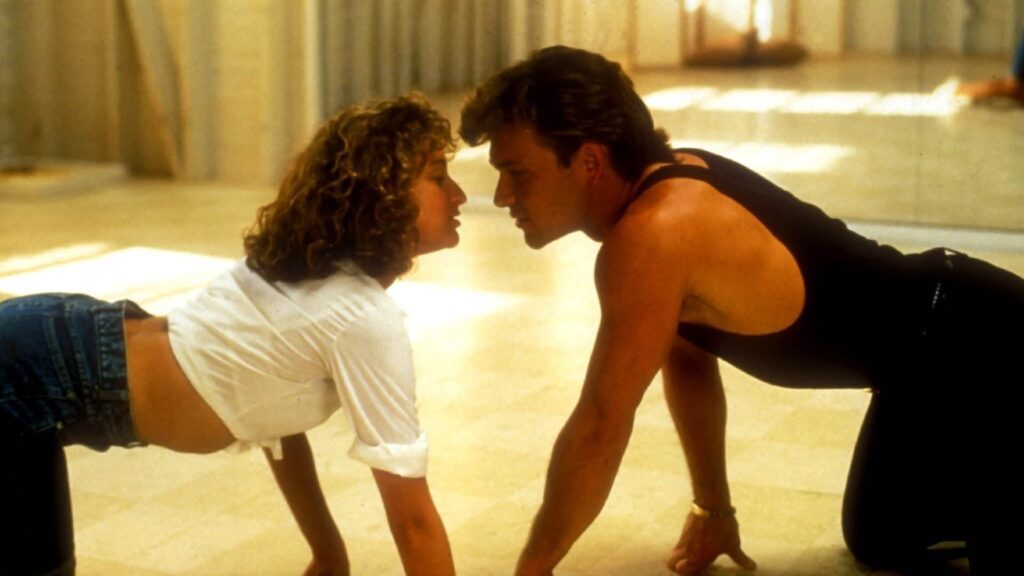
Starring Patrick Swayze and Jennifer Grey in their, arguably, most iconic movie roles as Johnny and Baby, Dirty Dancing was a worldwide box office sensation when released in 1987. The approved film was budgeted at a relatively low amount of $5 million, at a time when the average film cost was $12 million.
9. Get Out (2017)
Budget: $4.5 million
Box office: $255.4 million
Director: Jordan Peele

Making a blockbuster in 2017 at a cost of $4.5 million is something close to a miracle, yet it is an achievement Peele can now ascribe to himself. Exploring the topic of racism in the United States, “Get Out” managed to capture the discussions taking place off-screen – on it. The movie serves as an example of a gripping psychological voyage and timely social commentary.
10. Little Miss Sunshine (2006)
Budget: $8 million
Box office: $101 million
Director: Valerie Faris, Jonathan Dayton

The movie was a director debut for the husband-wife duo of Valerie Faris and Jonathan Dayton. Packaged in an easy-going road movie genre, “Little Miss Sunshine” confronts a handful of social issues ranging from suicide, mental health and self-image of young women to negative standards of society and homosexual relationships.
Stay tuned for the second part of our overview of low-budget cult films.








